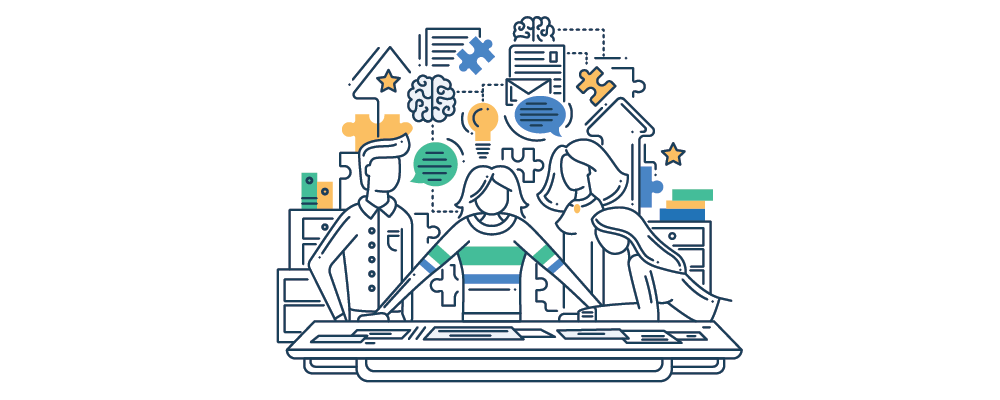The project management paradigm is a complex paradox. Every project that graduates from the project development process is unique with many different qualities and problems attached to it, but one thing that all of them have is a Project Design.
Project Design is such an important element of a project that without it there is no structure for the project development process to stand on and make the project a success in the future.
Most of the project managers in the industry rush the design process and little they know that by neglecting the proper execution of a project design phase, their project is going to be an absolute disaster without any hope of recovery.
Harsh words? Let’s see how that is true.
What is Project Design?
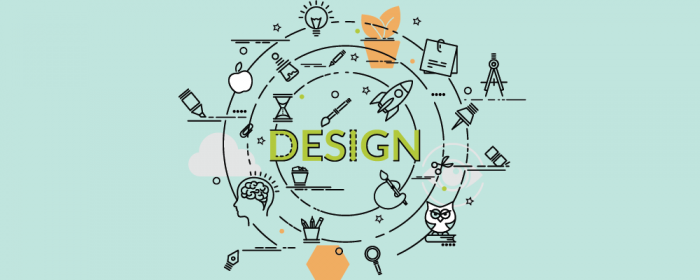
Project design is basically an outline of the different factors related to the project, that are going to be discussed and tracked by the manager and the development team.
A general project design consists of the following entities:
- A thorough description of the company or business that is going to develop the project
- A thorough description of the project, how it came to be, and how should it be developed
- The objectives, milestones, goals, and outcomes related to the project
- Every product, major deliverables, evaluation and monitoring guidelines and features of the success criteria are discussed in it
- Lastly, the budget estimation criteria and guidelines are also discussed in it
One thing you have to make sure as a manager is that you have to include your key stakeholders, upper-management, and the team members involved with the project, in the project design creation.
This will help you avoid any obstacles in the project development process in the future and also reduces any confusion in understanding the project vision for everyone involved in the project.
How a Project Design is Structured?
If the whole development process and the ultimate success of the project are dependent on the project design then you can imagine how tough and important is the structure of the project design itself.
Here are the contents of the project design structure that you need to familiarize yourself with.
1. Defining the Vision

The vision statement or the entire vision document is probably the most important text, related to the whole project, as it defines the different entities that have to be worked on in the future.
Naturally, when the document or the text is so important, the information in it must be immaculate and captivating enough for the stakeholders to understand the severity of the shindig.
Generally, this vision document consists of the problem that you are going to solve using the project or the product under production, and it also provides important information about the project’s potential to do so.
One other important thing about the document is that it can be presented to the stakeholders that are connected to the project, to make them understand the need of developing the project in the first place.
The document itself is not that comprehensive but its importance is amplified when the project goes under development and the team is not following the designated path, they can always revert to the true path by following this vision document.
A general rule to write a captivating vision statement is to envision a world where your project is a success, where it’s helping a lot of people, and transcribe that thought into words.
2. Tracking and Understanding the Problem
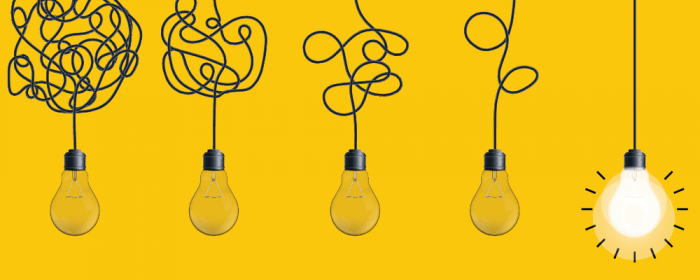
To support the vision statement or the document that you created, you first need to identify and understand the problem that is present in your project domain.
When you see pinpoint the problem, you will get a broader perspective of the obstacle that is forming in the way of your business growth via this problem.
What this investigation will do is that it will align the stakeholders, team members, and the manager on one simple task and that is the eradication of those obstacles. And what better way to do that?
Developing the project.
When you study the problem and understand it completely, you are better able to gather the relevant information you need to find a permanent solution for those problems.
When you start to gather this information for the solution, the first thing that you need to make sure is to confirm the type of information that you are gathering.
Next is to confirm that the sources that you are gathering the information from, are reliable and trustworthy.
You need to collect this information and document it.
Related: 10 Steps to Writing an Awesome Scope of Work Document
3. What are the Required Resources?
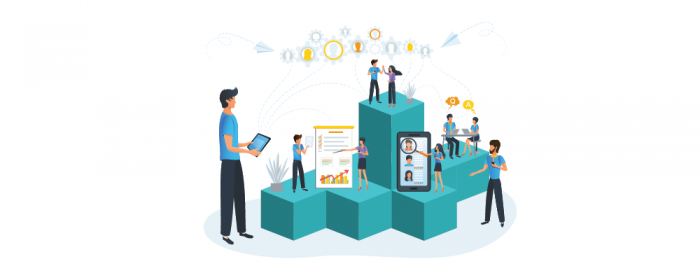
The next step is to identify and gather the relevant resources that you might need to get the whole project development process up and running, and then finally completing it all the way.
Resources are not just tools and people; they can be any number of things relevant to the project development process.
For example, the mechanical equipment, working facilities, the personnel, and the tools both software and hardware can all be relevant resources for your project development process.
If you are unsure about what the relevant resources for your project development process are going to be, then you should follow the process that journalists use to approach a new news story.
This technique is called the Five W’s.
What this technique is that you need to ask the “who, what, where, when, and why” related to your project.
For example,
- Who is the required personnel that will help you to develop and execute the project development process?
- What resource management, task management or any other type of management tool will you need to complete the project development process?
- Where will the work related to the project development process be done? Remotely or on-site?
- When is the project development process going to start and when is it going to be finished with the different goals and milestones achieved?
- Why are these resources needed to complete the project development process, and can it be done with any other type of resources?
More Readings:
4. Defining the Project Goals

The next step is to make sure that you identify the milestones, outcomes, and project goals, because if you haven’t figured out what to achieve, what is the point of the project development process?
What is the goal? Well, it is a measurable entity that you can achieve through the project development process and whose impact can later be measured by the team members and the end-users.
A goal is something that coincides with the solution of the problem that you are having. In other words, the goal or output associated with the project development process is the solution to the problem.
5. Envisioning a Perfect Project Strategy
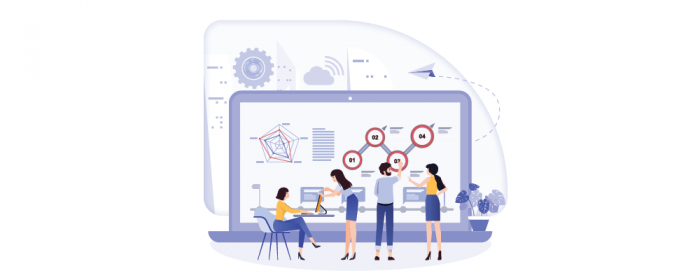
When you have defined the project goals that you want to achieve via the project development process, the next step is to envision the perfect strategy that will help to achieve those goals.
What a strategy is that it is a way you achieve the goals, milestones, and outcomes associated with your project.
This strategy keeps track of some other things as well, like the schedule, budget, resources, and many other elements associated with the project, so that you can complete the project at the appropriate time and within the agreed-upon budget.
So how can you create the perfect strategy to do all that?
There are a couple of things that you can do to make sure that you have a working strategy that you can use to achieve your goals in the agreed-upon time.
- The first thing that you can do is to look back at the projects that have been developed in your project domain and study the best strategies that have worked successfully in the path.
This is a sort of template that you can use to achieve your different goals and milestones connected to your project. - The second thing that you can do is to look for overall successful strategies that you have worked in the past outside your project domain as well. Sometimes they can work as well.
6. Create a Contingency Plan
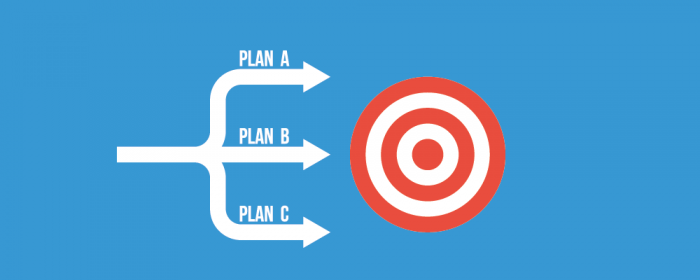
The next step is to create a contingency plan or a backup plan which will be activated if you are ever in some trouble regarding your project development process.
This plan is created by the manager after monitoring the resources, project goals, and the risks and scope creep that can affect the project at any stage of the development process.
To create this plan, you can study the different projects that are similar to yours and have been developed in the past. This will help you figure out the risks and scope creeps that they faced and how you can shield your project from the same risks and bugs.
These risks and scope creeps can be many different things like:
- Unavoidable absences of employees which can result in the development team not performing at its optimal capacity
- Lack of productive skills both in the development team and in the management
- The lack of budget is real and if you don’t manage your budget accordingly or if don’t create a backup plan to cover you loses, it can be crucial to the project and in some cases, the overall business
- Another great risk is the manager, mismanaging the schedule which can result in customer attrition
7. Create a Proper Budget
The next thing that you need to include in your project design is the creation of the perfect budget that needs to cover the expenses related to the elements included in the project development process.
For this, you can study previous projects that have been developed in the past, and find out the best working budget which you can follow to achieve the goals and milestones associated with the project.
You need to make sure that the budget you choose covers everything from the smaller tasks to the behemoth ones, because most of the projects that fail in the project management paradigm, do so, as a result of more attention to bigger milestones and not the smaller ones.
Using nTask to Structure Your Project Design

If you want to structure your project design efficiently, you need to use a task management/project management software like nTask. This software is going to help you achieve the goals and milestones that are connected to your project design creation and in the project development process.
Here are some of the features that the software provides.
- Project budgeting
- Email invites
- Team performance reports
- Timesheet management
- Task color codes
- Calendar integration
- File attachments
- Activity management
- Calendar management
- Multiple board views
- Public links
- Activity logging
- Task filters
- Activity tracking
- Calendar sync with Google
- Project time tracking
- Status tracking
- Prioritizing
- Cost estimating
- Deadline tracking
- Project management
- Risk matrix & pie charts
- Meeting agendas
- 2FA
- Project cloning
- Task assignment
- File sharing
- Checklists
- Minutes of meeting
- Due date tracking
- Meeting follow-ups
- Notifications
- Issue management
- Project risks
- Meeting management
nTask can help you with project planning, designing, execution, and monitoring your projects. Try it now for free.

-
nTask is one of the Best Project Design App.
Manage all your tasks, projects, collaboration, timesheets and more in one place. Sign up today!
- Get Started for Free

